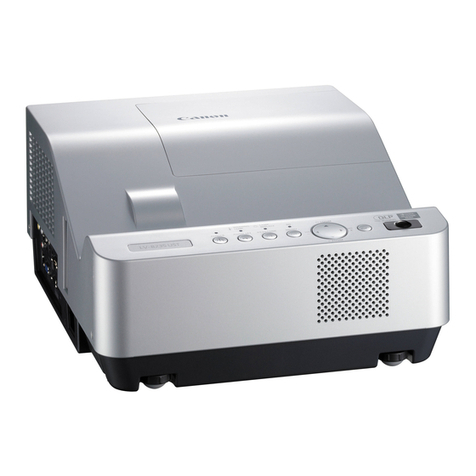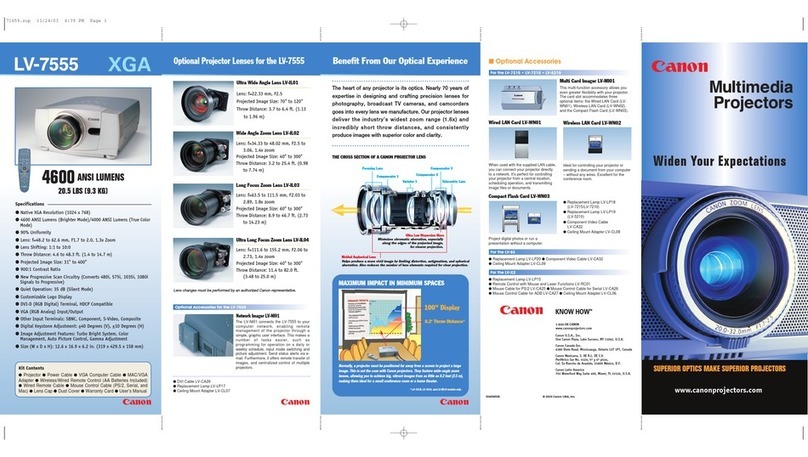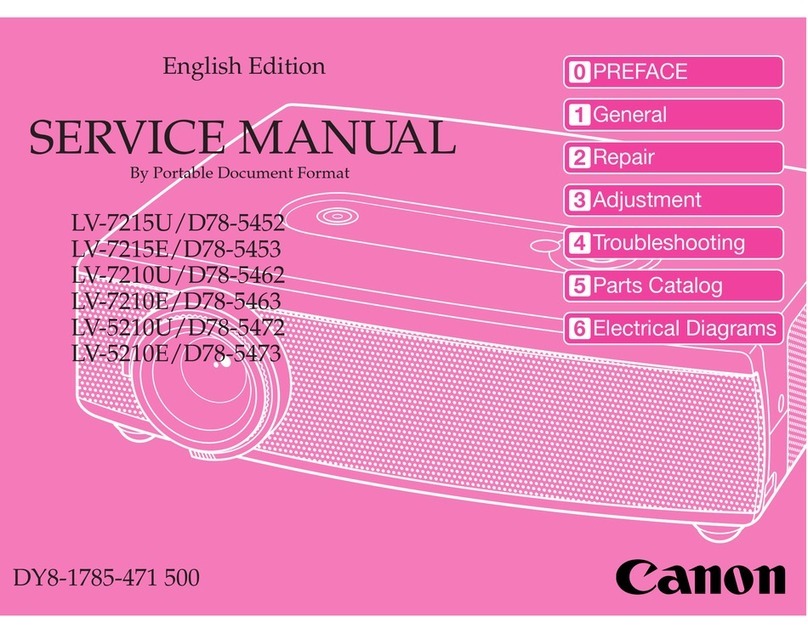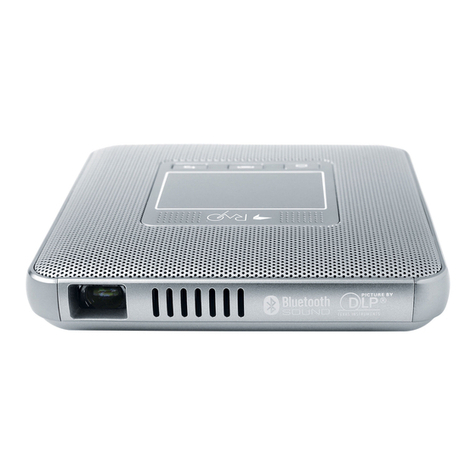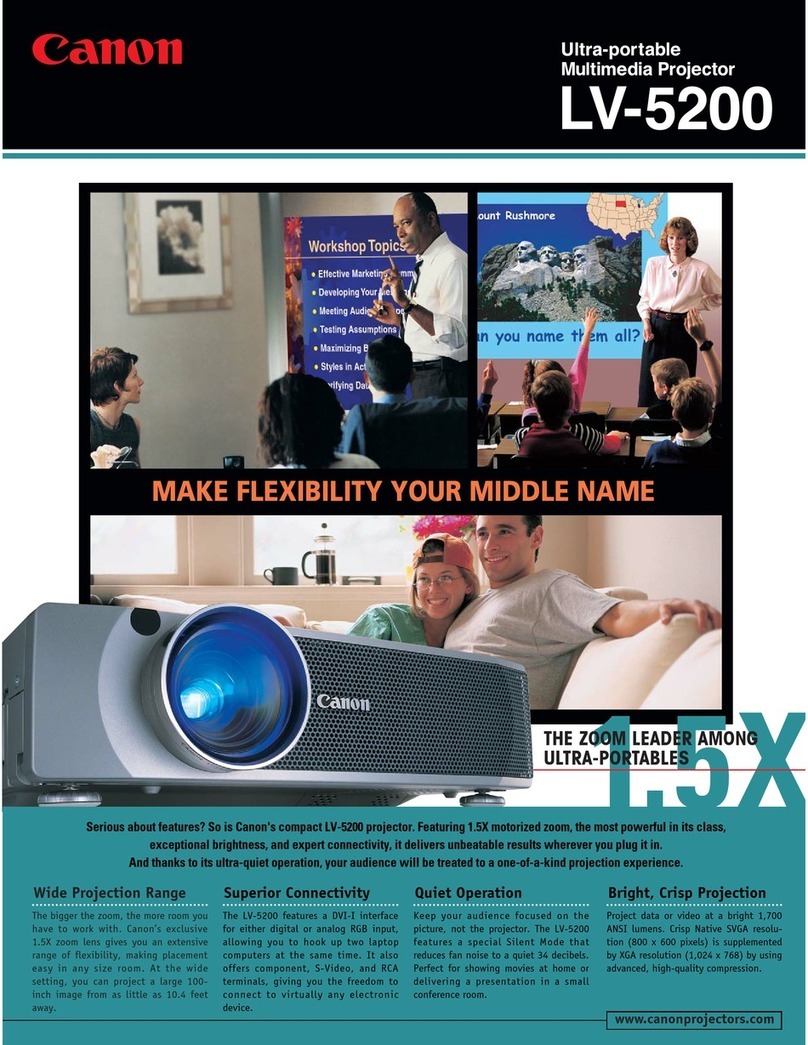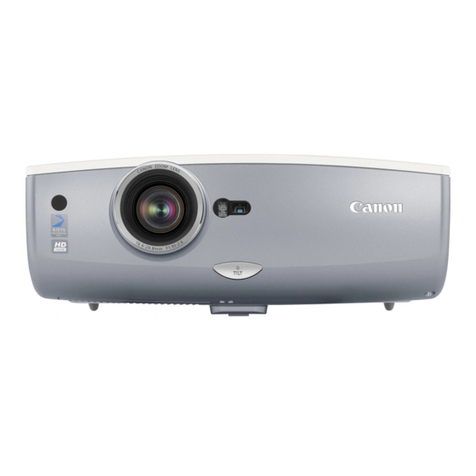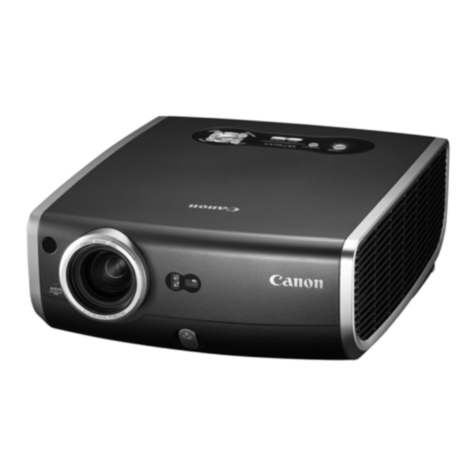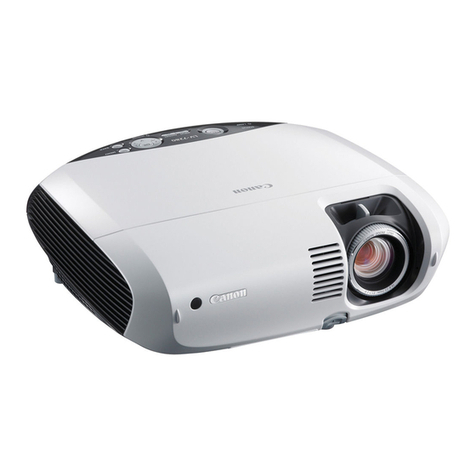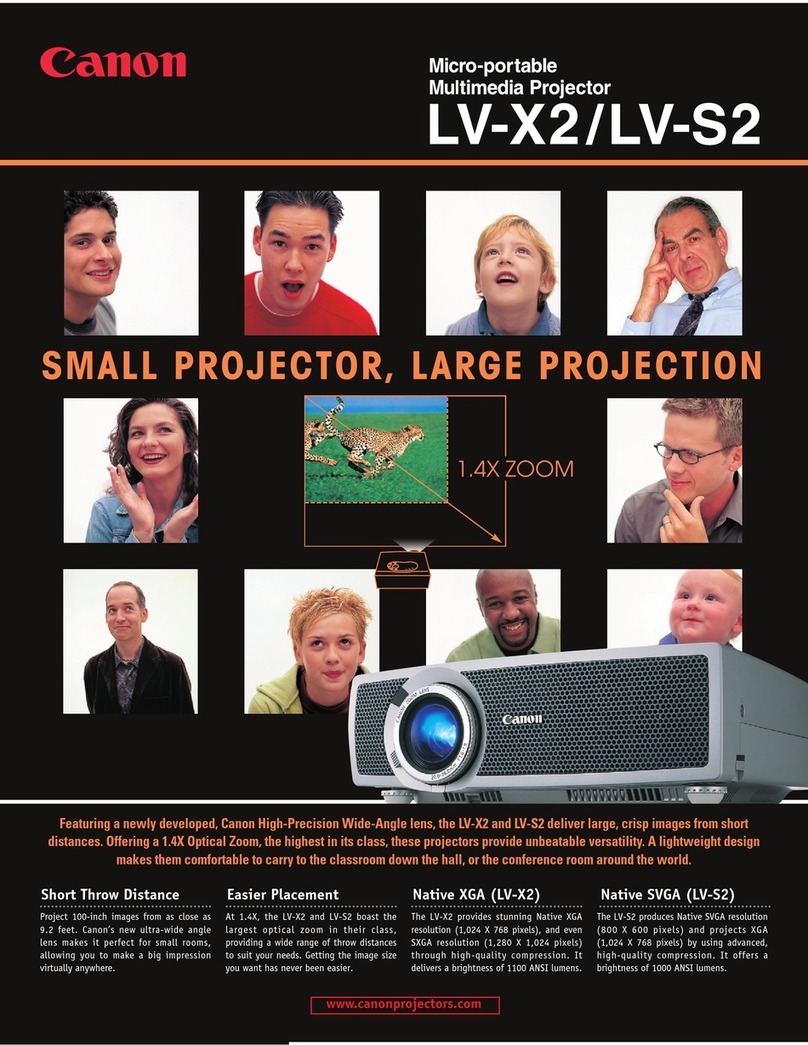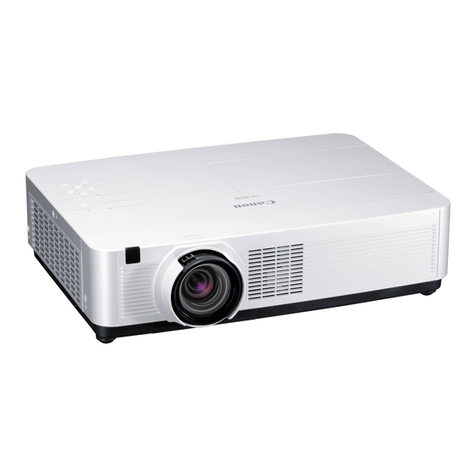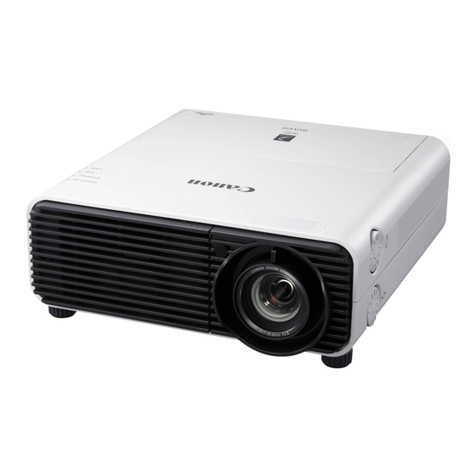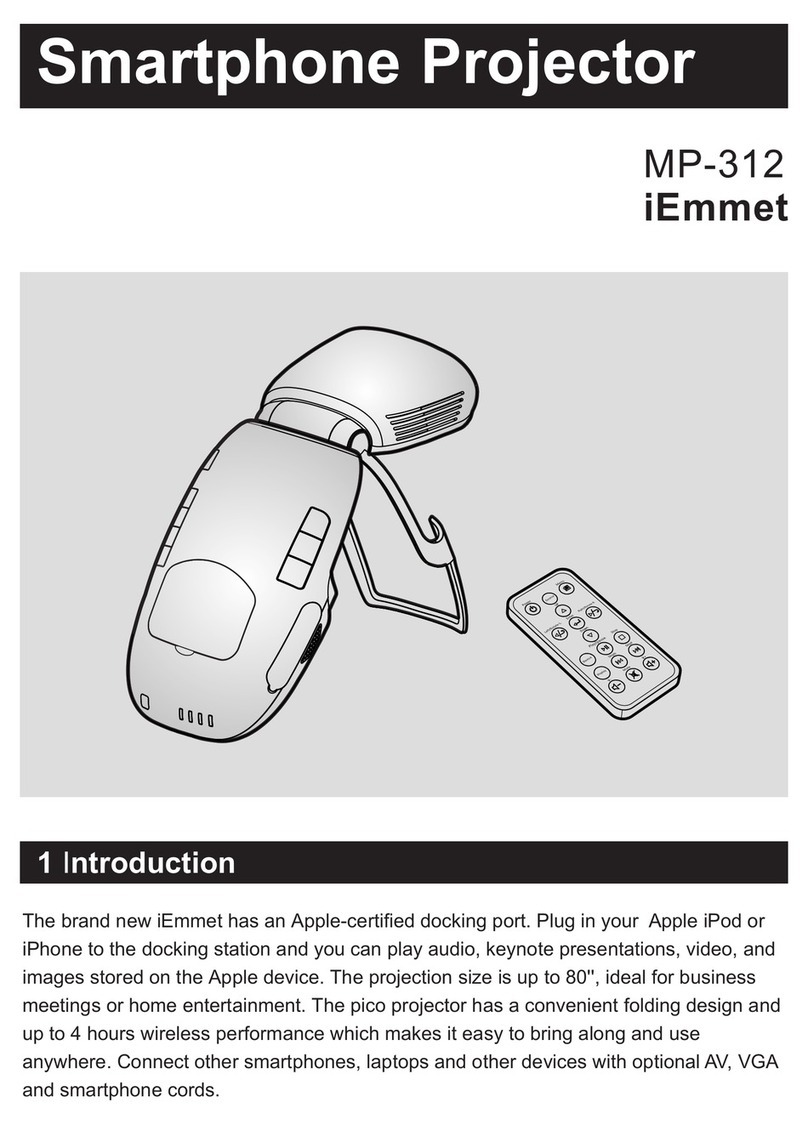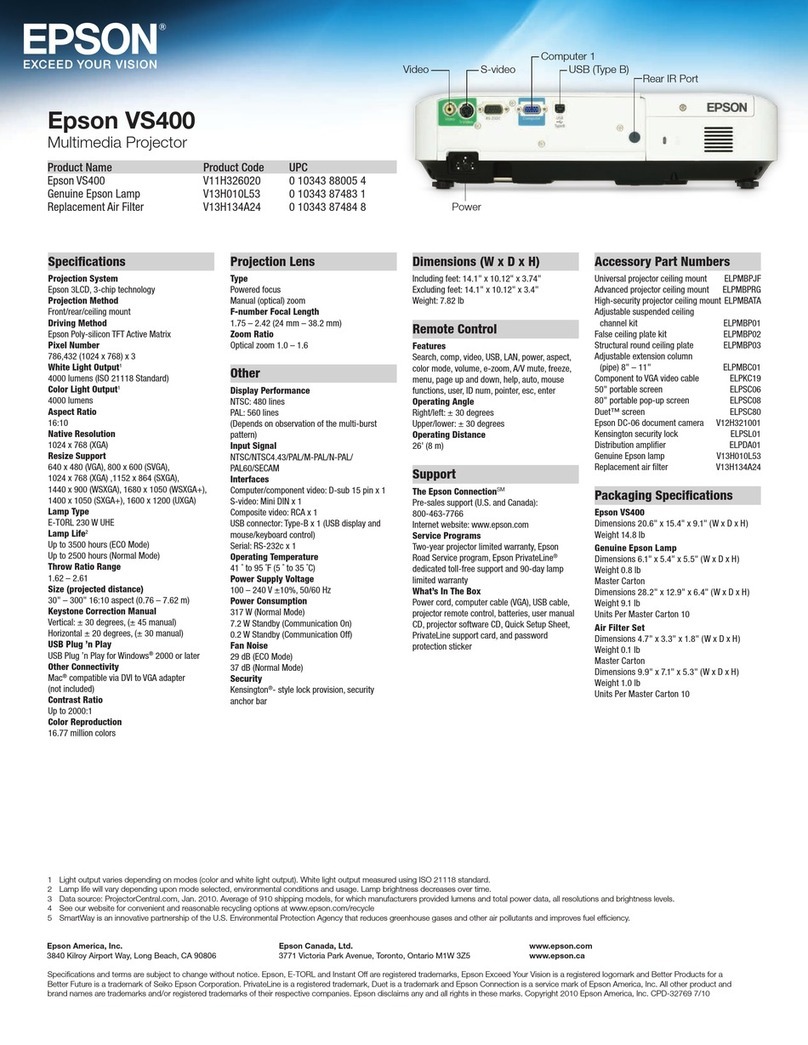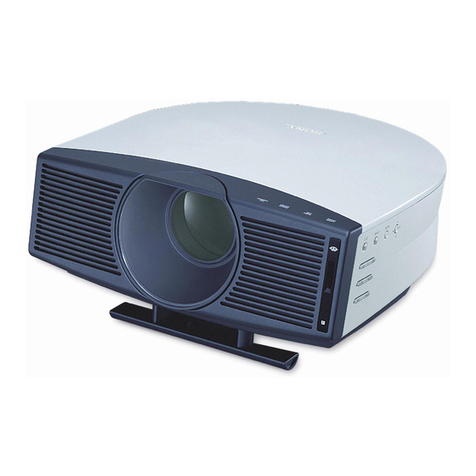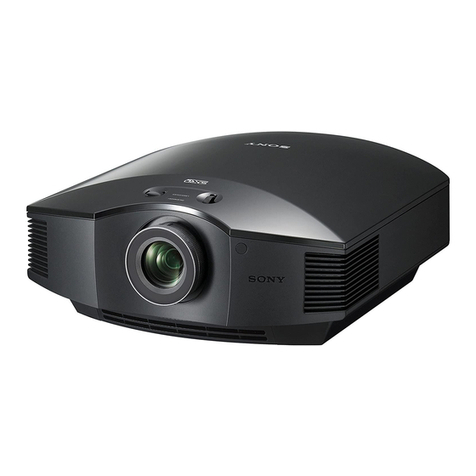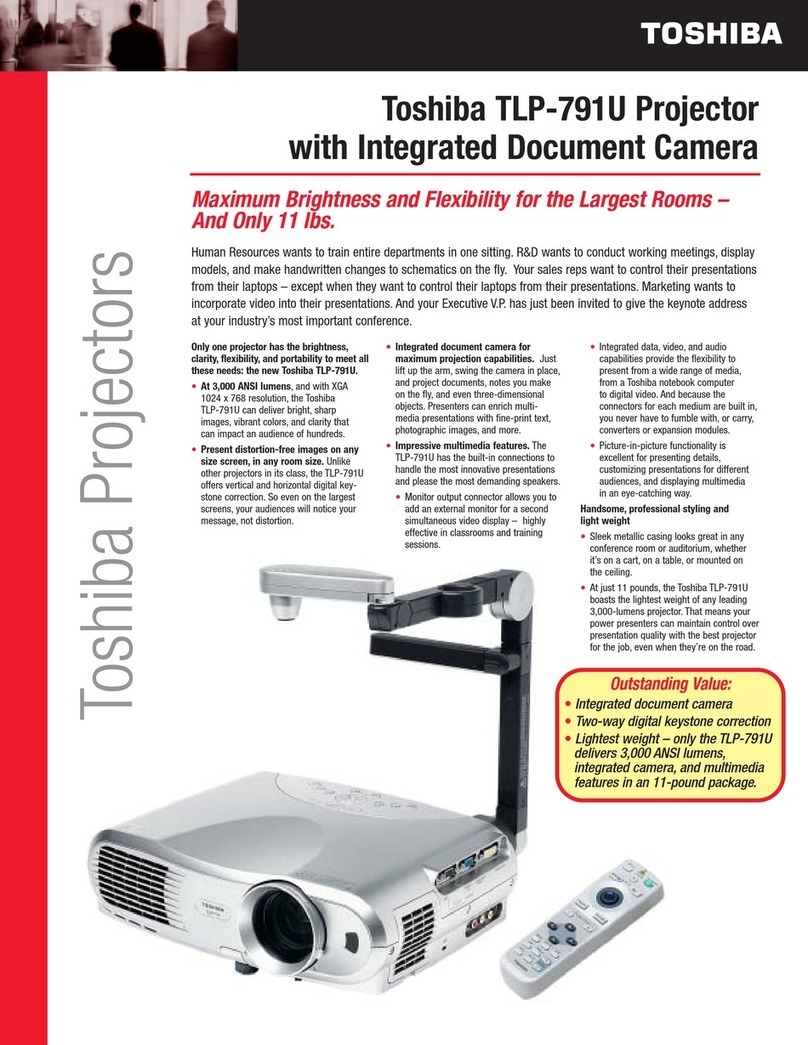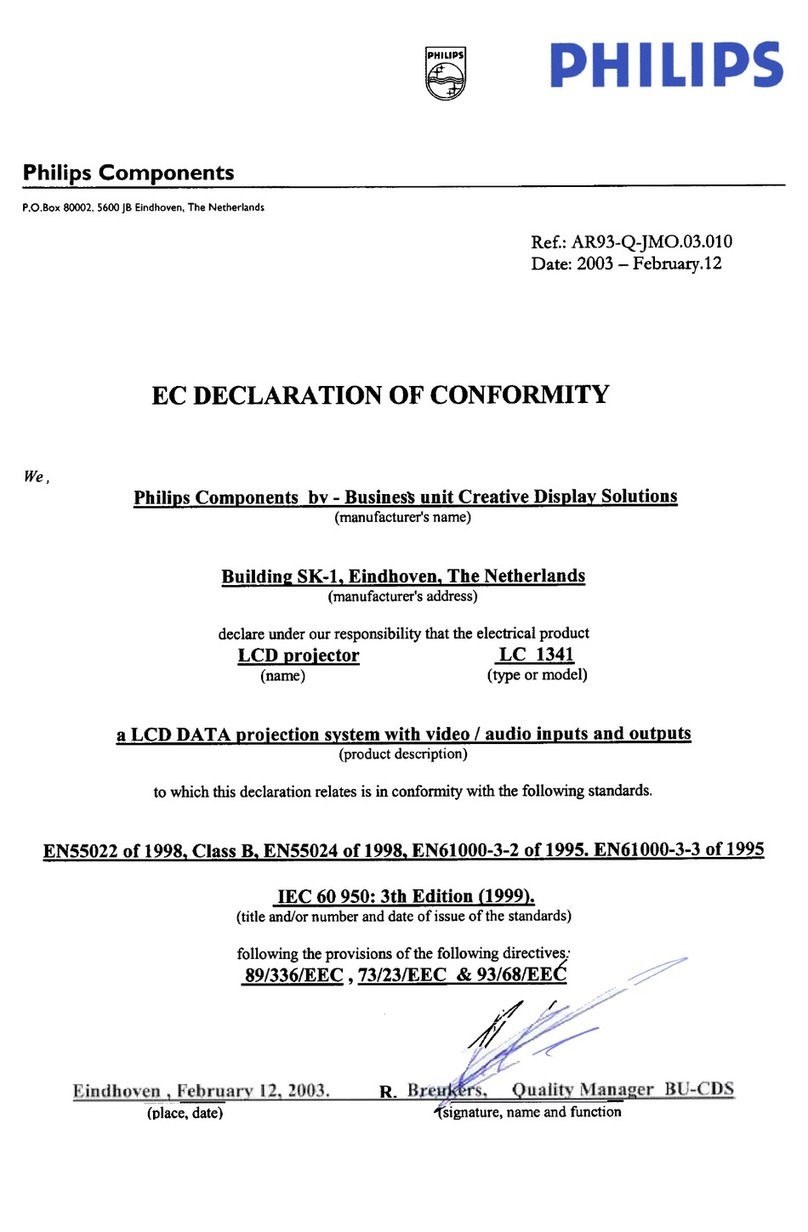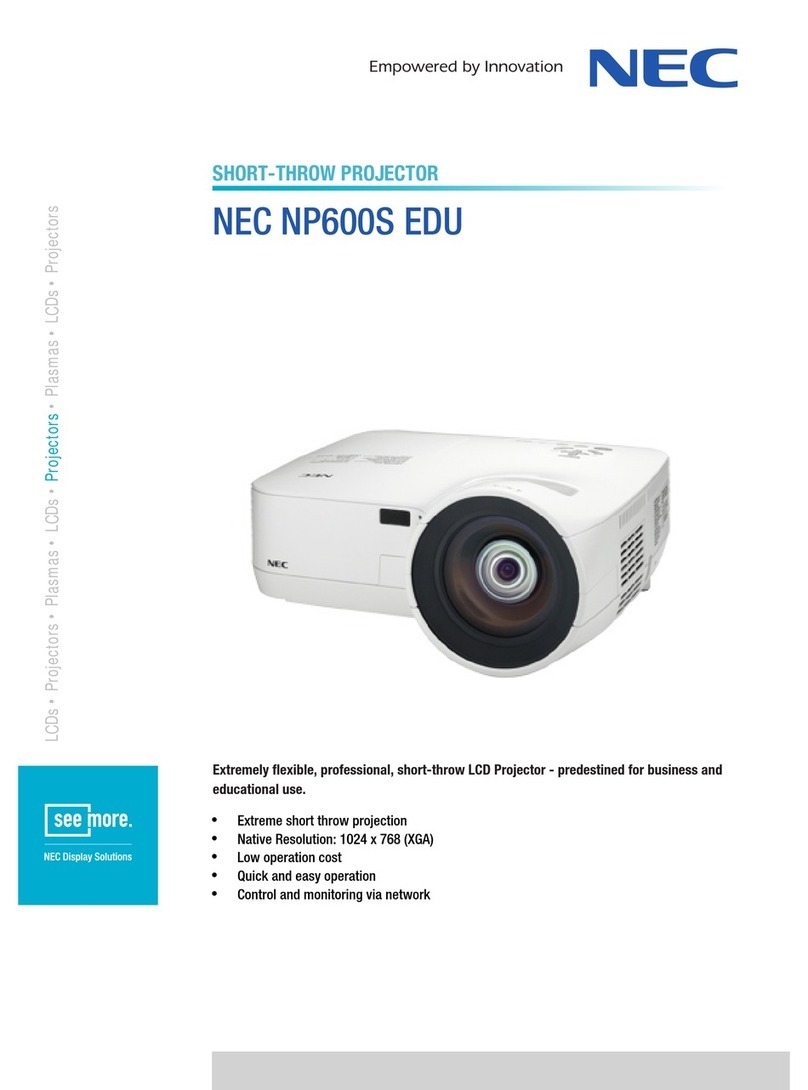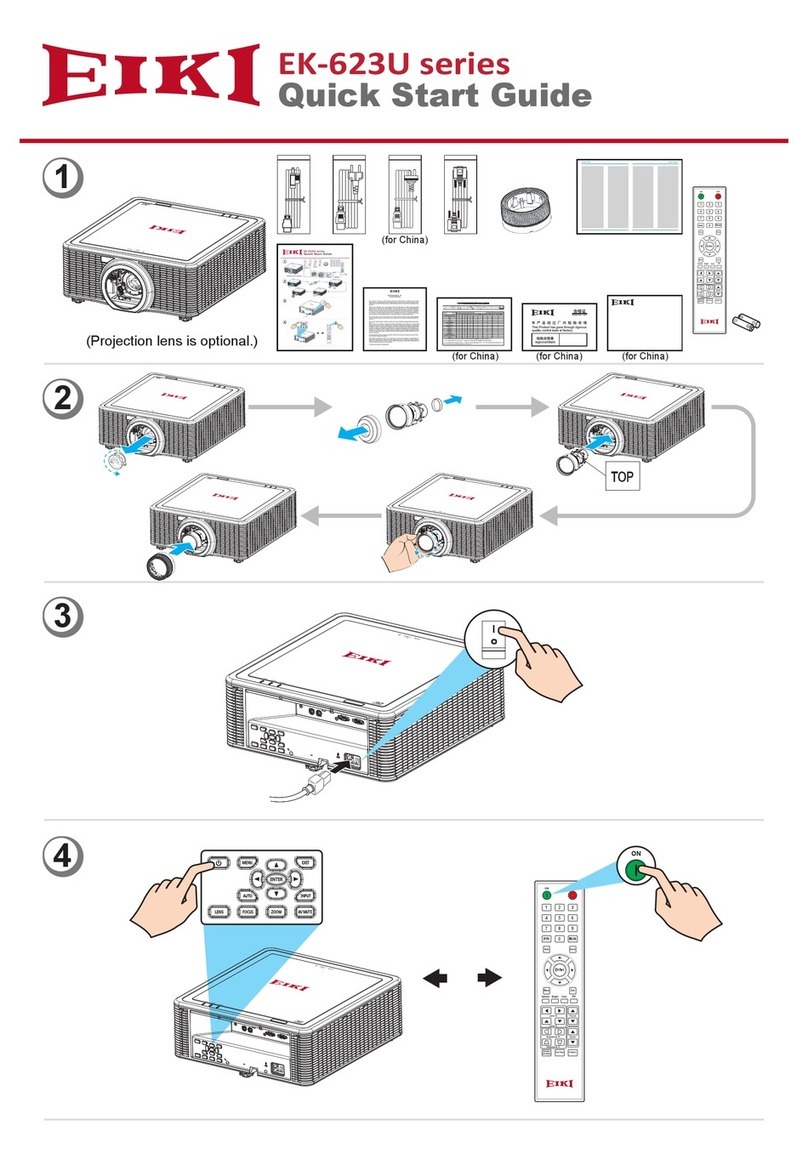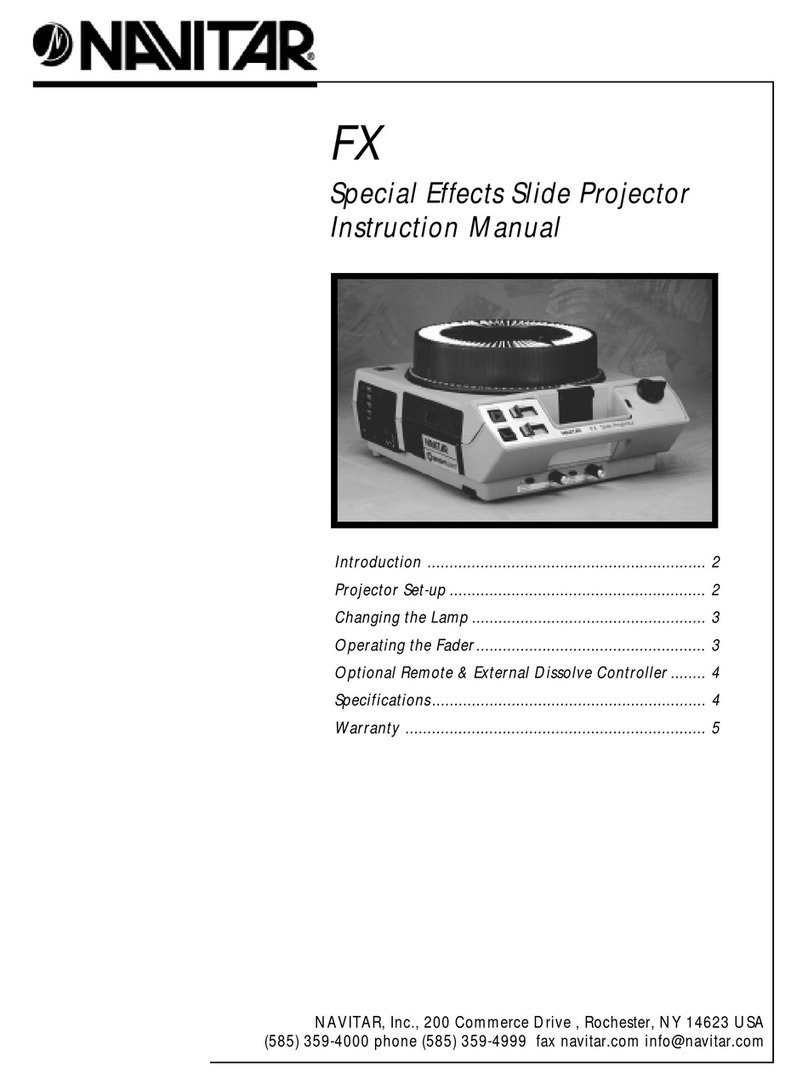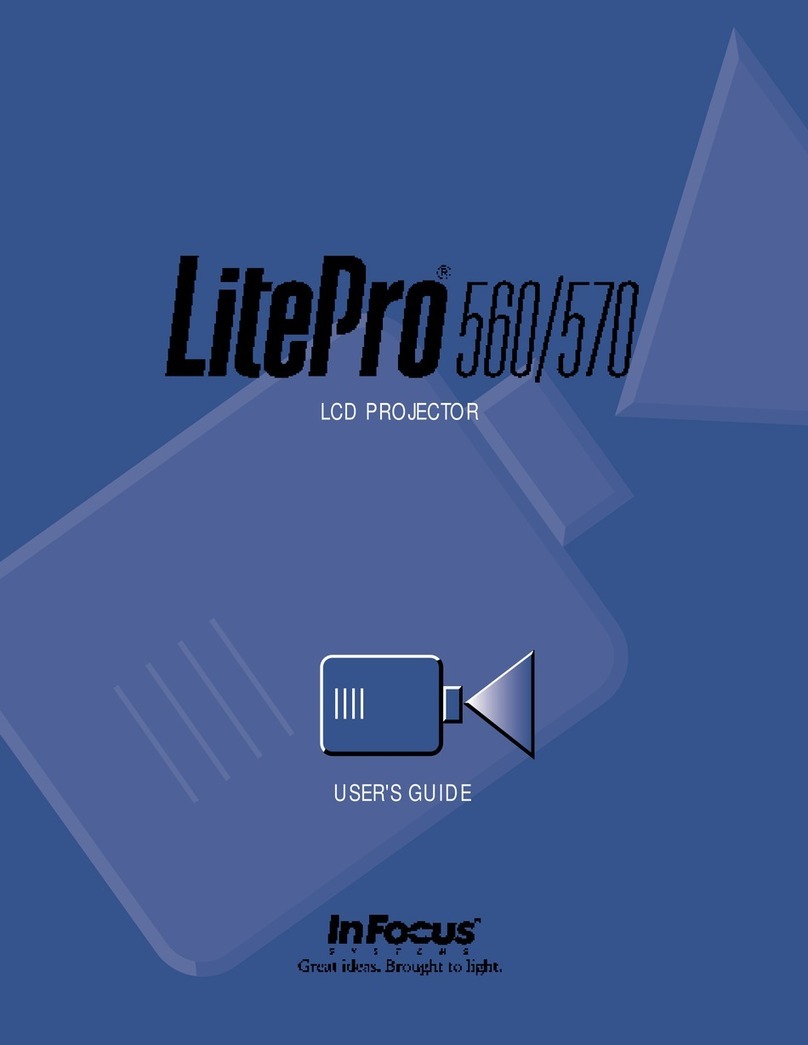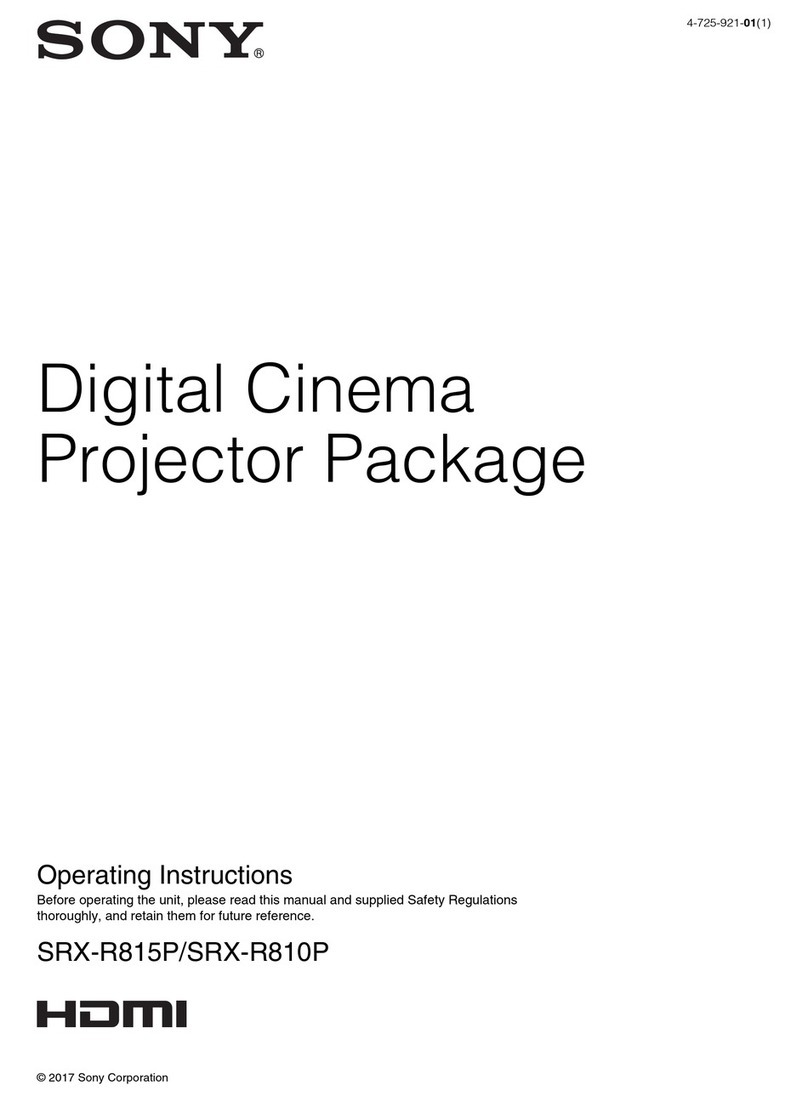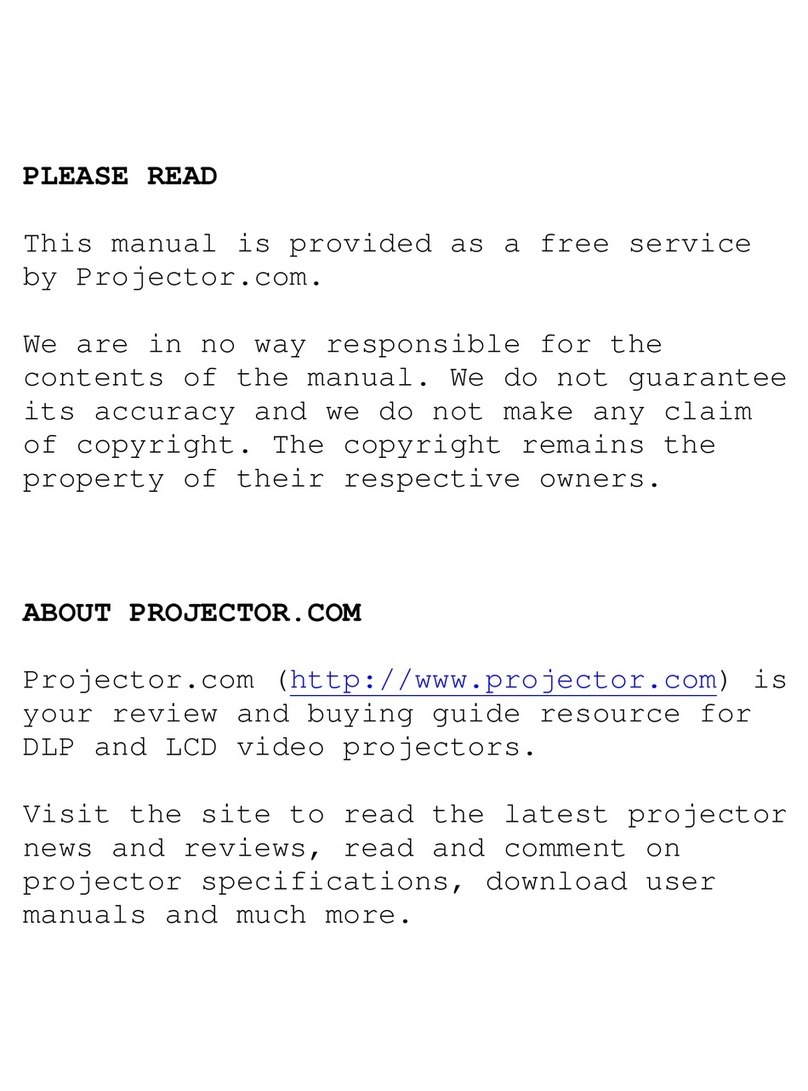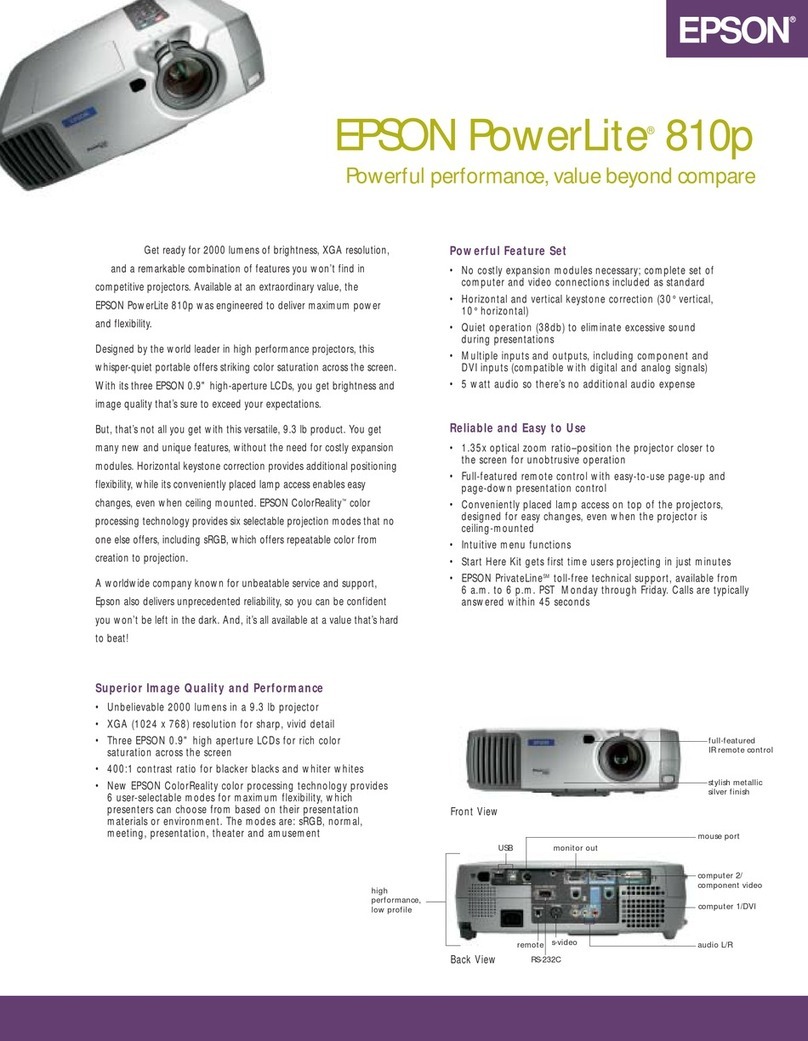1. Main Features
1-1 Compact, lightweight, high luminance 5000 lm
A compact AISYS optical system that provides both brightness and contrast, an original high-performance
image processor that achieves enhanced color reproduction, a high-definition projection lens that is a
compilation of optical design technologies for unleashing the full potential of 4K resolution, and a 4K
LCOS panel that can project smooth high-quality images were integrated to realize a 5000 lumen
high-luminance 4K model with industry leading compactness and lightweight.
1-2 Two high-performance image processors
This product uses two Canon’s proprietary image processors to support 4K image processing.
They provide various functions as well as reproduce high-quality, true-to-life 4K images.
1-3 4K adaptive wide zoom lens
In addition to supporting 4K high definition, the projection lens of this product is designed with a throw ratio
between 1.0 and 1.3, which is wider than typical standard projection lenses. This feature can meet customer
needs in the simulation market and the like.
Further, the lens is designed so that the f-number is F2.6 over the entire zoom region. As such, the variation
in brightness due to zoom control is suppressed to minimum.
1-4 High-definition edge blending technologies
The product contains technologies that make edge blending projection, a way of connecting multiple images,
more beautiful.
1) Low distortion projection lens with no more than 0.12% TV distortion.
2) Sub pixel correction that electrically corrects color displacement in unit of 0.1 pixels in a specific area of the
screen.
3) Equipped with a framed mask to shield the extra light around the LCOS panel
1-5 Curved surface projection technologies
The product includes technologies for projecting images beautifully onto a dome-shaped screen and the like.
1) Supports curved surface screens with a periphery focus adjustment function that corrects the curvature of
the image field and an optical correction function that is separate from the general focus drive.
2) Ensures field of depth with a large f-number (F2.6) projection lens and provides beautiful projection onto a
curved surface as the f-number can be increased with the variable aperture arranged inside the illumination
optical system.
3) Has an exterior where a portrait mirror can be mounted
1-6 Optimal movie performance for simulation applications
In order to accommodate simulation applications, this product includes technologies for producing 4K movies
in real time with low level of motion blurring.
1) Low-delay playback that suppresses the delay from input to display to about 1.0 frame (at 60 Hz) (*3)
2) Employs a new system for movie visibility improvement (MB reduction) to display smoother movies than
before.
1-7 HDMI 2.0 / HDCP 2.2
The built-in HDMI 2.0 port enables 4K video playback at 60 Hz from a Blu-ray player via an HDMI cable.
Further, protection of high quality 4K contents has become stronger with the compliance of HDCP 2.2, the
latest encryption technology for copyright protection.
*1: The function that is displayed as “Advanced registration” on the menu screen
*2: Adjustable for 9x6 points.
*3: Keystone and other scaling functions are off. The image input is DVI 1x4 or HDMI 1x2.
